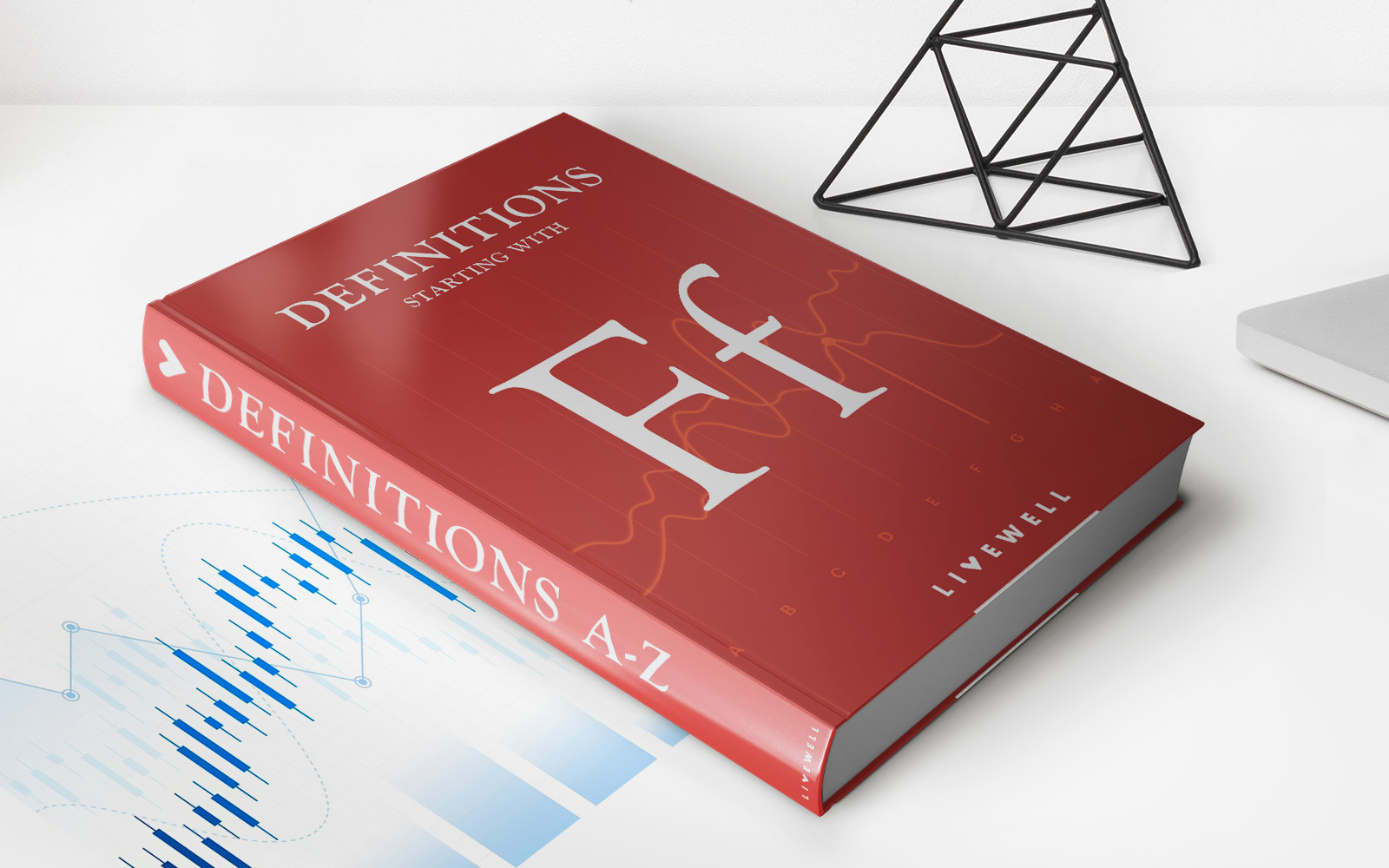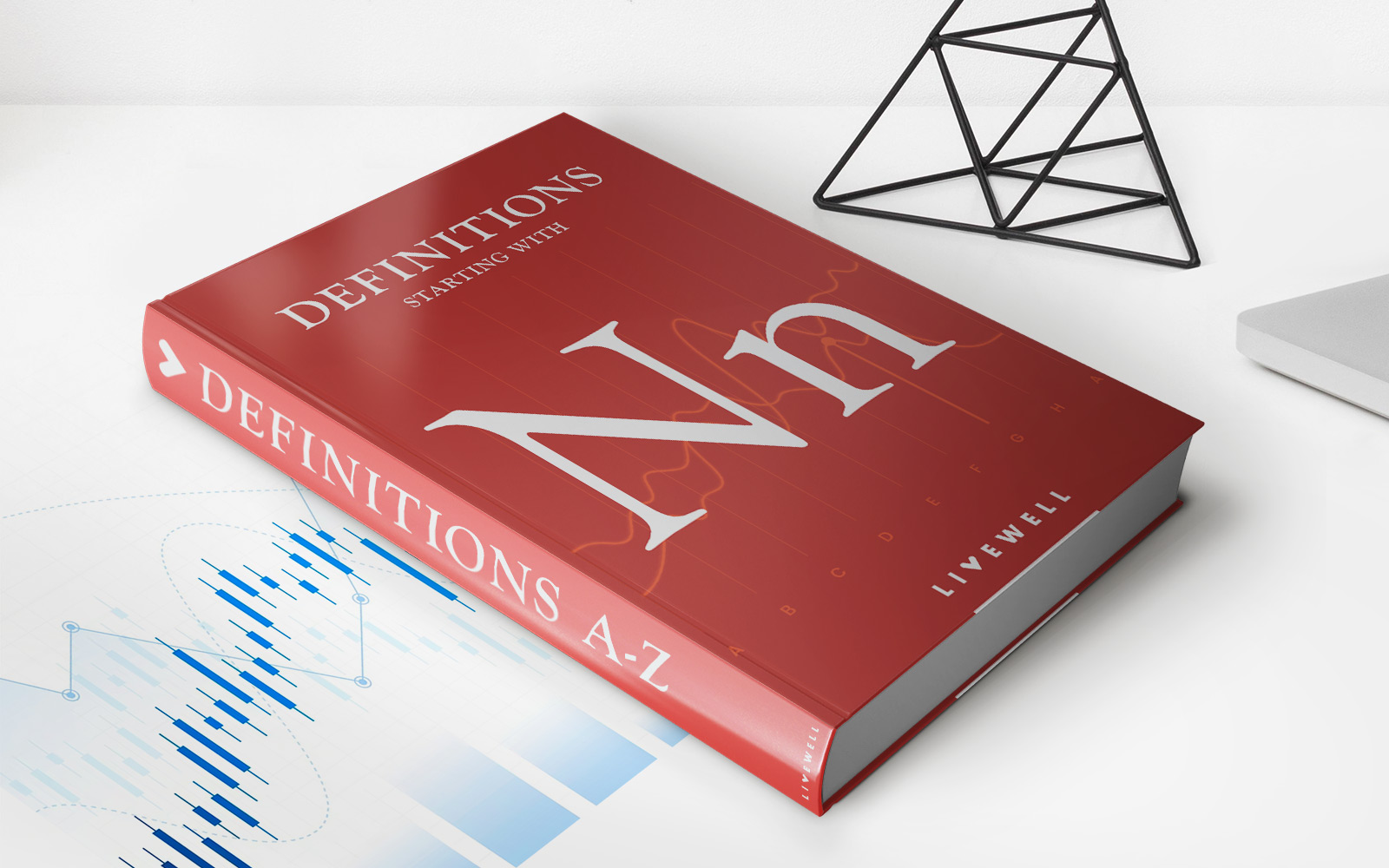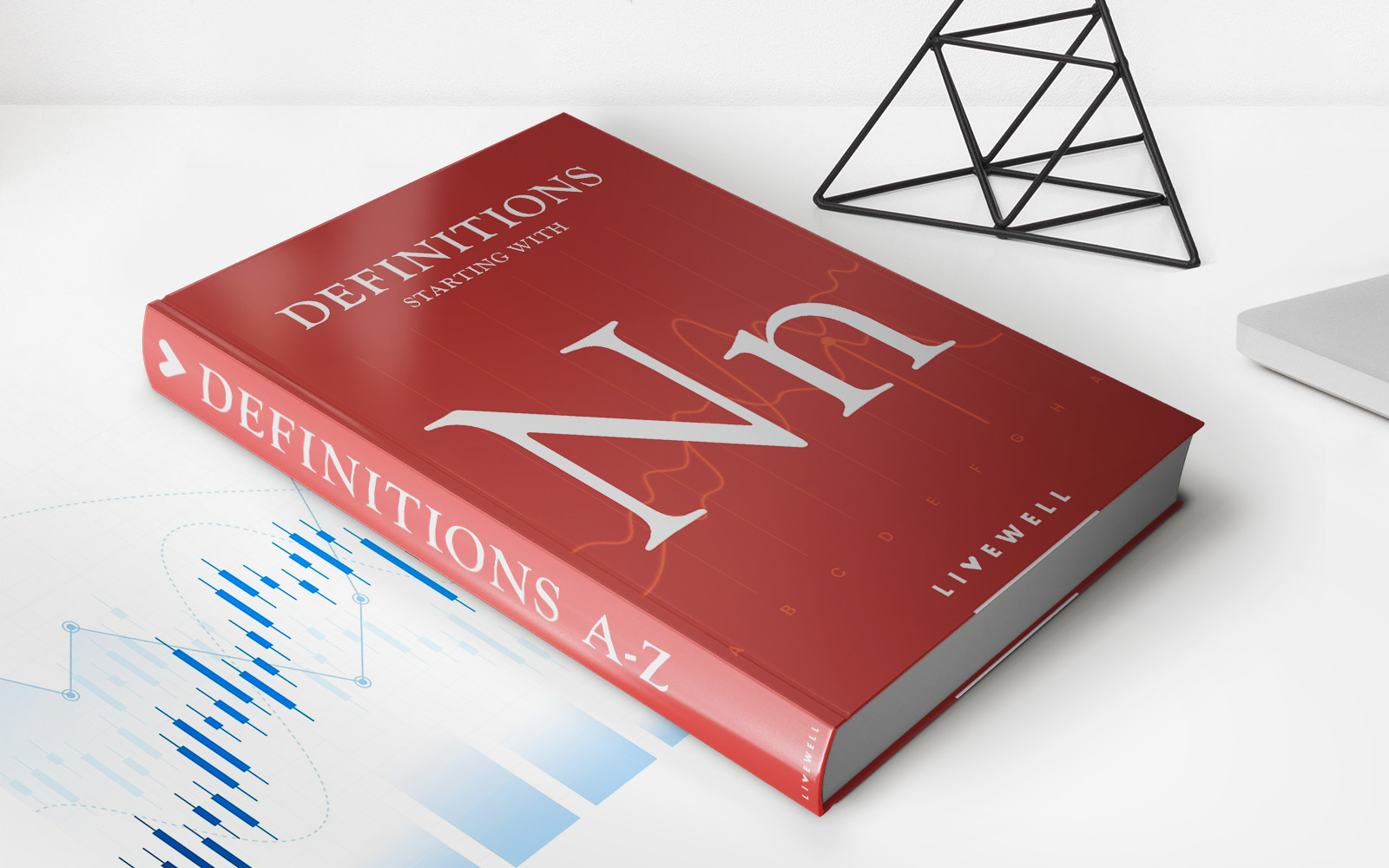Home>Finance>Fixed-Income Security Definition, Types, And Examples


Finance
Fixed-Income Security Definition, Types, And Examples
Published: November 25, 2023
Learn about fixed-income securities in finance, including their definition, types, and examples. Enhance your understanding of the financial world with comprehensive information on this topic.
(Many of the links in this article redirect to a specific reviewed product. Your purchase of these products through affiliate links helps to generate commission for LiveWell, at no extra cost. Learn more)
Understanding Fixed-Income Securities: A Comprehensive Guide
When it comes to managing your finances, understanding different investment options is key. One prominent category in the world of finance is fixed-income securities. In this article, we will provide you with a comprehensive guide to fixed-income securities, covering their definition, types, and examples, so you can make informed investment decisions for your financial future.
Key Takeaways:
- Fixed-income securities are investment instruments that provide a fixed return to investors over a specific period of time.
- They are generally considered lower-risk investments compared to stocks and provide regular income streams.
What are Fixed-Income Securities?
Fixed-income securities refer to investment instruments that offer a fixed return to investors over a specific period of time. These investment options are also commonly known as bonds, which are essentially loans made by investors to issuers, such as corporations or governments, in exchange for regular interest payments and the eventual return of the principal amount. Unlike stocks, which represent ownership in a company, fixed-income securities represent debt obligations.
Types of Fixed-Income Securities
Fixed-income securities encompass a wide range of investment options, each with unique features and risk profiles. Here are some common types:
- Treasury Bonds: These bonds are issued by the government and are considered one of the lowest-risk fixed-income investments. They offer fixed interest payments over a predetermined period and are backed by the full faith and credit of the government.
- Corporate Bonds: Issued by corporations, these bonds provide investors with regular interest payments and the return of principal at maturity. Corporate bonds offer varying levels of risk, with higher-rated bonds generally considered safer investments.
- Municipal Bonds: These bonds are issued by state or local governments to fund various public projects. They offer tax advantages to investors and have different risk profiles based on the issuer’s creditworthiness.
- Government Agency Bonds: Issued by government-sponsored entities like Fannie Mae and Freddie Mac, these bonds provide investors with interest payments and principal repayment. They are considered lower-risk investments due to government guarantees.
- Mortgage-Backed Securities (MBS): MBS are created when mortgage loans are packaged together and sold to investors. They offer interest payments derived from mortgage payments made by homeowners.
- Asset-Backed Securities (ABS): These securities are backed by collateral, such as auto loans, credit card receivables, or student loans. They provide investors with cash flows generated by the underlying assets.
Examples of Fixed-Income Securities
Let’s take a closer look at some examples of fixed-income securities:
- United States Treasury Bonds: These bonds are issued by the U.S. Department of the Treasury and are considered some of the safest fixed-income investments.
- Corporate Bonds: Companies like Apple or Microsoft issue corporate bonds to raise capital for various purposes. Investors who purchase these bonds receive regular interest payments and the return of their principal.
- State or Local Government Bonds: Municipalities issue these bonds to finance projects like building schools or improving infrastructure. They often offer tax advantages to investors.
- Agency Mortgage-Backed Securities: These securities are created when mortgage loans are pooled together and sold to investors. Investors earn income from the interest payments made by homeowners.
In Conclusion
As an investor, understanding fixed-income securities is crucial for diversifying your investment portfolio and managing risk. These investment options offer a stable income stream and can help protect your capital. By exploring the different types and examples of fixed-income securities, you can make informed decisions that align with your financial goals and risk tolerance.
We hope this comprehensive guide has shed light on the world of fixed-income securities, enabling you to navigate this category of investments confidently.














